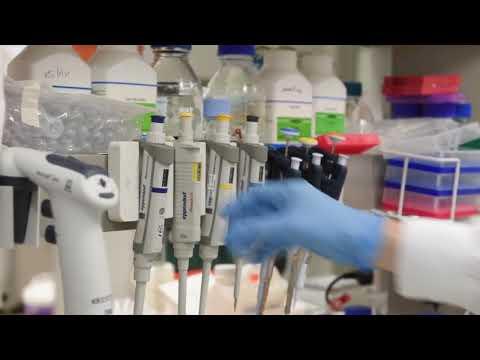Arne Ittner
A neuroprotective signaling axis in Alzheimer’s disease

Award
Dementia Australia Research Foundation – Norma Beaconsfield Project Grant
Status
Completed
Start Date
1 April 2021
About the project
Alzheimer’s disease is the most common form of dementia and neither an effective treatment nor a cure are currently known. This is partly due to a gap in knowledge on how brain cells deteriorate in Alzheimer’s disease. The last decades of research have established that amyloid and tau, two factors that are common in Alzheimer’s, work together in damaging brain cells.
Whether there are protective factors that reduce this damage remained largely unknown. Recently, we have found a protective signal that targets tau and reduces damage to brain cells and memory. Our project aimed to understand the molecular details of protective signals converging on the tau protein, with the hope to maintain healthy brain function and improve memory in Alzheimer’s disease as modelled in the lab. We employed latest technologies in assessing brain molecules and their function, brain activity, and strength of memory performance.
As a result, we were able to describe a novel factor that controls protective capacities in brain cells. Using these insights, we will expand our research and design ways to harness neuroprotective signals to reduce brain damage and memory loss in Alzheimer’s disease.

Where are they now?
Dr Ittner is a team leader at the Flinders Health and Medical Research Institute (FHMRI) within the Centre for Neuroscience at Flinders University, Adelaide.
